In a world grappling with the challenges of waste management, the importance of interactive toy design strategies in promoting garbage sorting cannot be overstated.
Early childhood education plays a pivotal role in fostering the habit of responsible waste disposal. However, existing educational products have fallen short in creating engaging and interactive experiences for young learners.
Enter educational toys, which have the potential to create play affordances and promote lifelong learning.
This article explores the limited availability of garbage-sorting toys in the Chinese market and presents design strategies to bridge this gap, aiming to empower children with the knowledge and skills needed to make a positive impact on their environment.
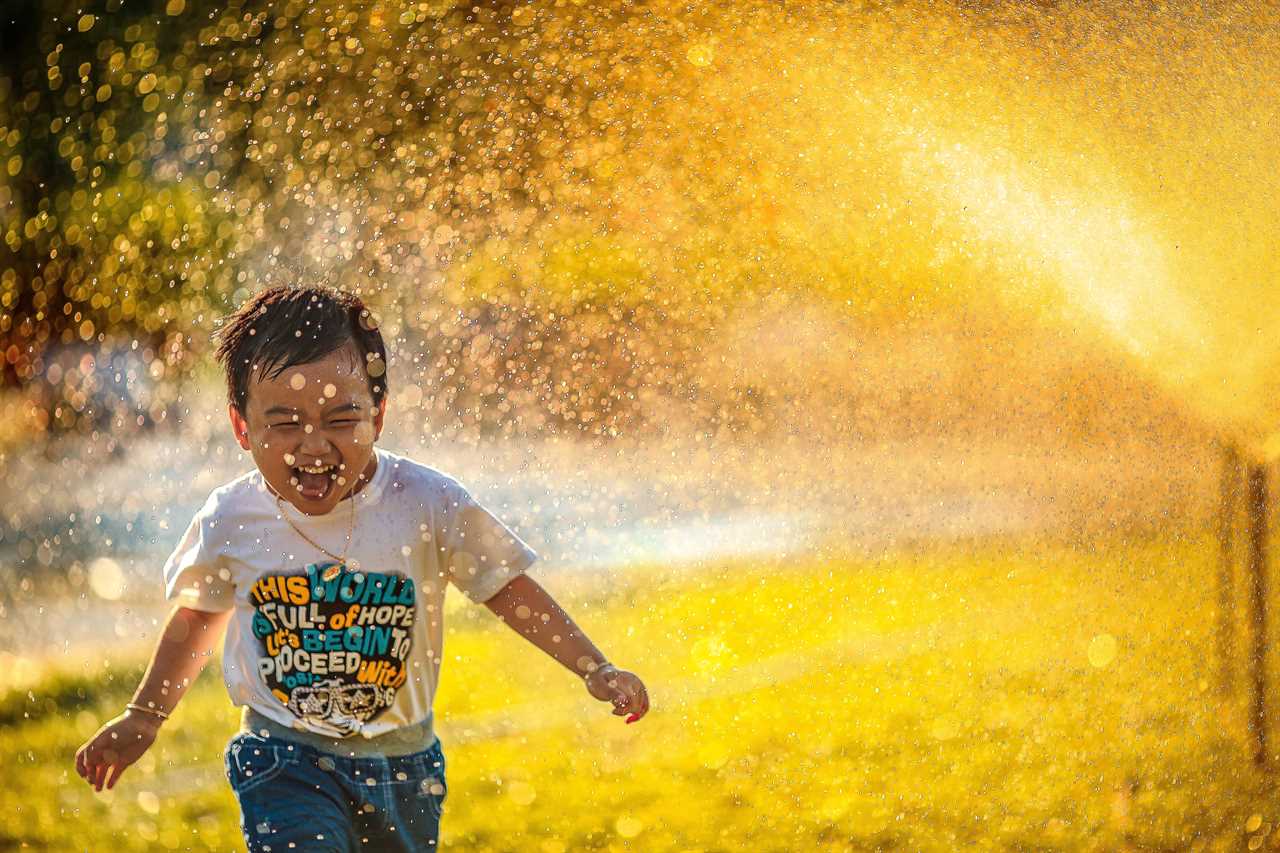
Key Takeaways
- China’s garbage classification challenges and the importance of early childhood education in promoting habit formation.
- The limitations of existing educational products and the potential of educational toys.
- The role of educational toys in creating play affordances and fostering lifelong learning.
- The need to learn from and draw on the advantages of other preschool educational toys.
China’s Garbage Classification Challenges and the Importance of Early Childhood Education
China faces numerous challenges in implementing effective garbage classification, making early childhood education crucial in promoting the habit formation of proper waste disposal.
Challenges in implementing garbage sorting in China include inadequate infrastructure, lack of public awareness, and insufficient enforcement.
Early childhood education plays a vital role in instilling sustainable waste management practices from a young age.
By incorporating garbage sorting education into early childhood curriculum, children can develop an understanding of the importance of waste reduction, recycling, and proper disposal.
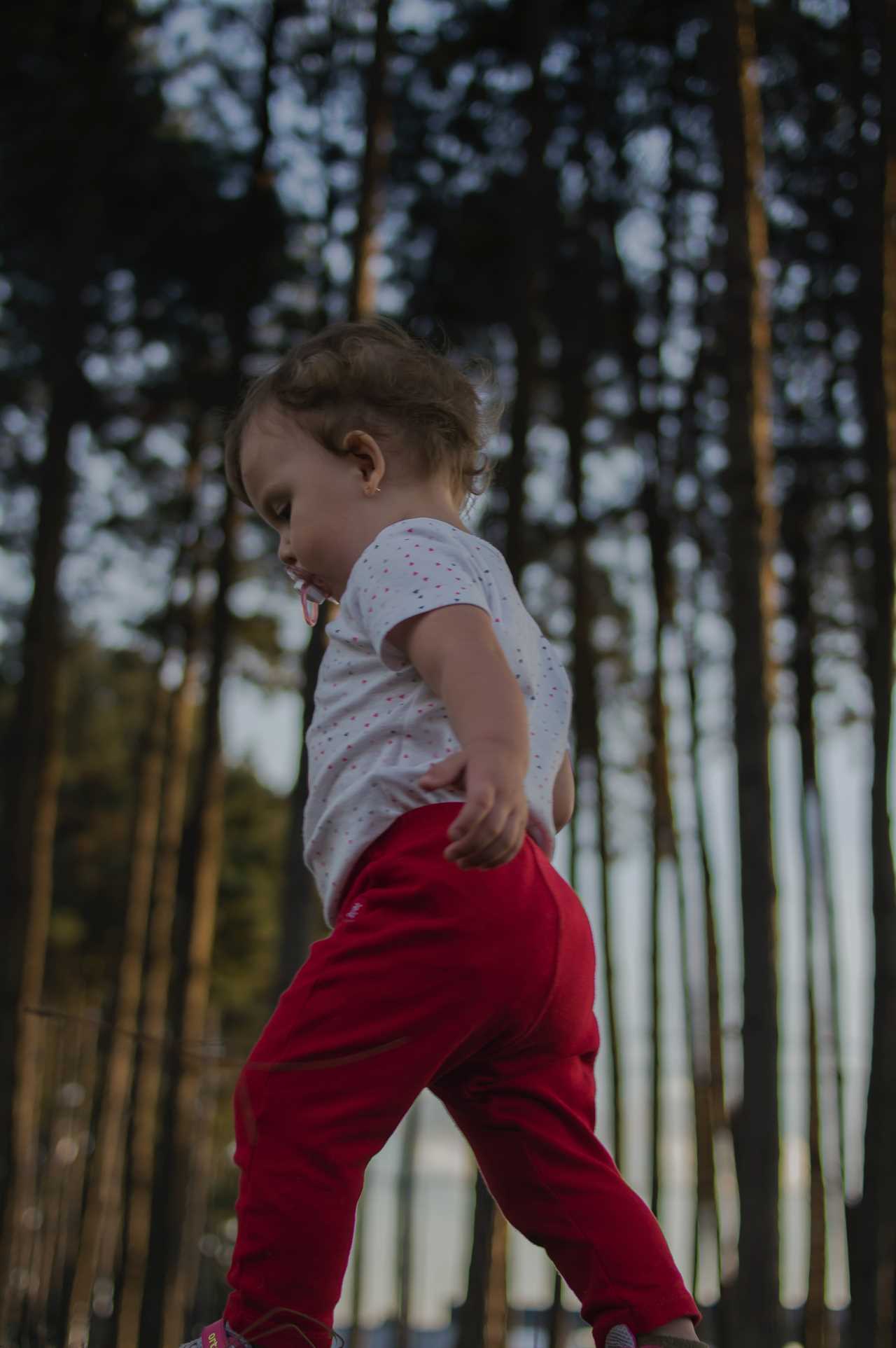
This education can foster long-term habits that contribute to a cleaner and more sustainable environment.
Early childhood education for sustainable waste management should focus on interactive and engaging methods, such as using educational toys and games, to make learning enjoyable and effective.
Limitations of Existing Educational Products and the Potential of Educational Toys
Parents are seeking educational products that go beyond traditional methods and provide engaging and effective ways for children to learn.
The limitations of existing educational products have become apparent, as they often fail to captivate children’s attention and hinder their motivation to learn.
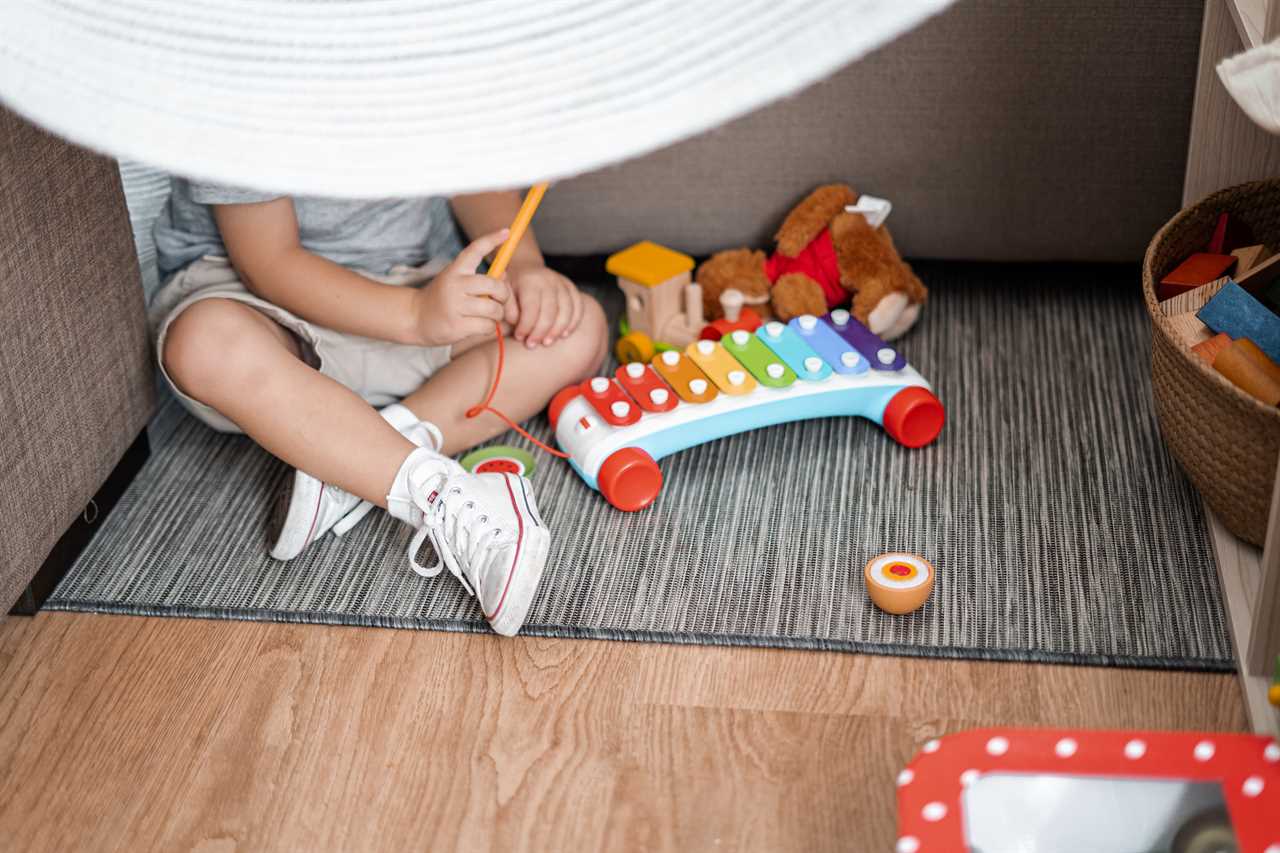
However, the potential of educational toys to revolutionize the field of education is immense. Through innovation and impact, these toys have the ability to create interactive and immersive learning experiences for children.
By incorporating elements of play, exploration, and hands-on activities, educational toys can enhance children’s cognitive, social, and emotional development. They have the power to spark curiosity, foster creativity, and promote critical thinking skills.
With the right design and careful selection, educational toys can truly revolutionize the way children learn and grow, providing them with the freedom to explore and discover the world around them.
Role of Educational Toys in Creating Play Affordances and Fostering Lifelong Learning
Educational toys offer children the opportunity to engage in play-based activities that foster curiosity, exploration, and a lifelong love of learning. When it comes to promoting garbage sorting, interactive toy design strategies play a crucial role in creating engaging experiences and promoting habit formation.
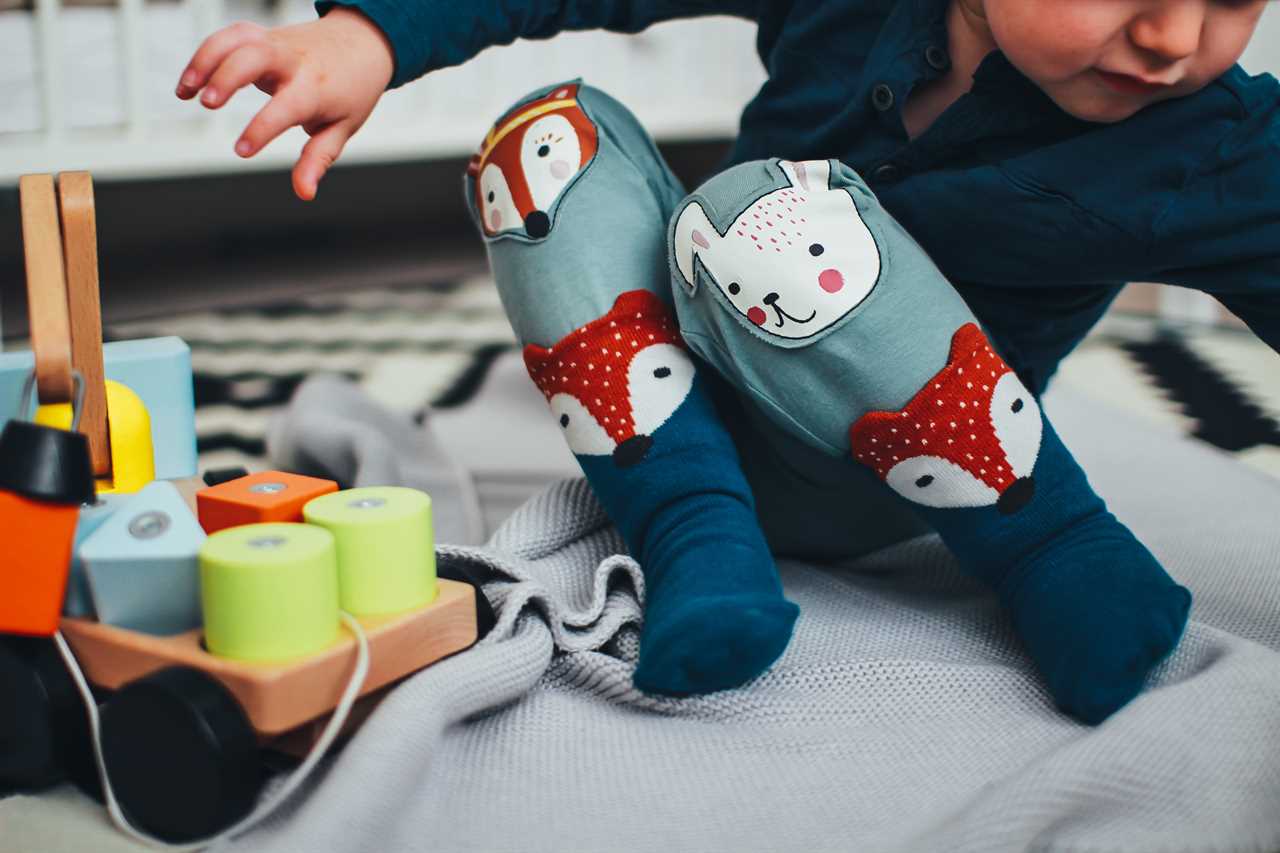
Here are five key strategies for designing interactive toys that effectively teach children about garbage sorting:
- Incorporating garbage classification knowledge, disposal methods, and the effects of treatment into the educational content.
- Emphasizing interaction and providing timely feedback to reinforce learning and understanding.
- Using interesting and attractive formats with more images than text to capture children’s attention.
- Creating a relaxed and pleasant atmosphere to encourage active participation and enjoyment.
- Summarizing design strategies into four levels: educational content, use, form, and atmosphere.
Analysis of Preschool Garbage-Sorting Toy Products
The limited availability of preschool garbage-sorting toys in the market has hindered the promotion of proper waste classification among young children. This is a significant issue as early childhood education plays a crucial role in forming lifelong habits.
Toy market trends show a growing demand for interactive learning toys that engage children in meaningful play. However, the current market lacks sufficient options for garbage-sorting toys. It is essential to learn from the advantages of existing preschool educational toys and incorporate them into garbage classification educational toys.
Comparative research can help analyze and compare the available options. Taobao, a popular online platform, can serve as a valuable source for this analysis.

Need to Learn From and Draw on Advantages of Other Preschool Educational Toys
To improve the development of garbage classification educational toys, researchers need to study and incorporate the successful aspects of existing preschool toys. By learning from and drawing on the advantages of other preschool educational toys, designers can create interactive toy features that engage and educate children about garbage sorting.
Incorporating technology into these toys offers several benefits, such as enhancing the interactive experience, providing timely feedback, and creating a more engaging and immersive learning environment. Additionally, technology can allow for the inclusion of interesting and attractive formats with more images than text, making the learning process more visually appealing.
Use of Comparative Research to Analyze and Compare Garbage Classification Educational Toys
Researchers use comparative research to analyze and compare different garbage classification educational toys. They examine their effectiveness in promoting habit formation and lifelong learning in young children. This research is driven by the market demand for garbage classification educational toys and the need to provide children with engaging and interactive tools to learn about waste management.
The comparative analysis of garbage sorting toy features allows researchers to identify the strengths and weaknesses of different products. This enables them to make informed recommendations for design improvements. By studying the existing market offerings, researchers can gain valuable insights into the preferences of parents and children. This information helps shape the future development of garbage classification educational toys.
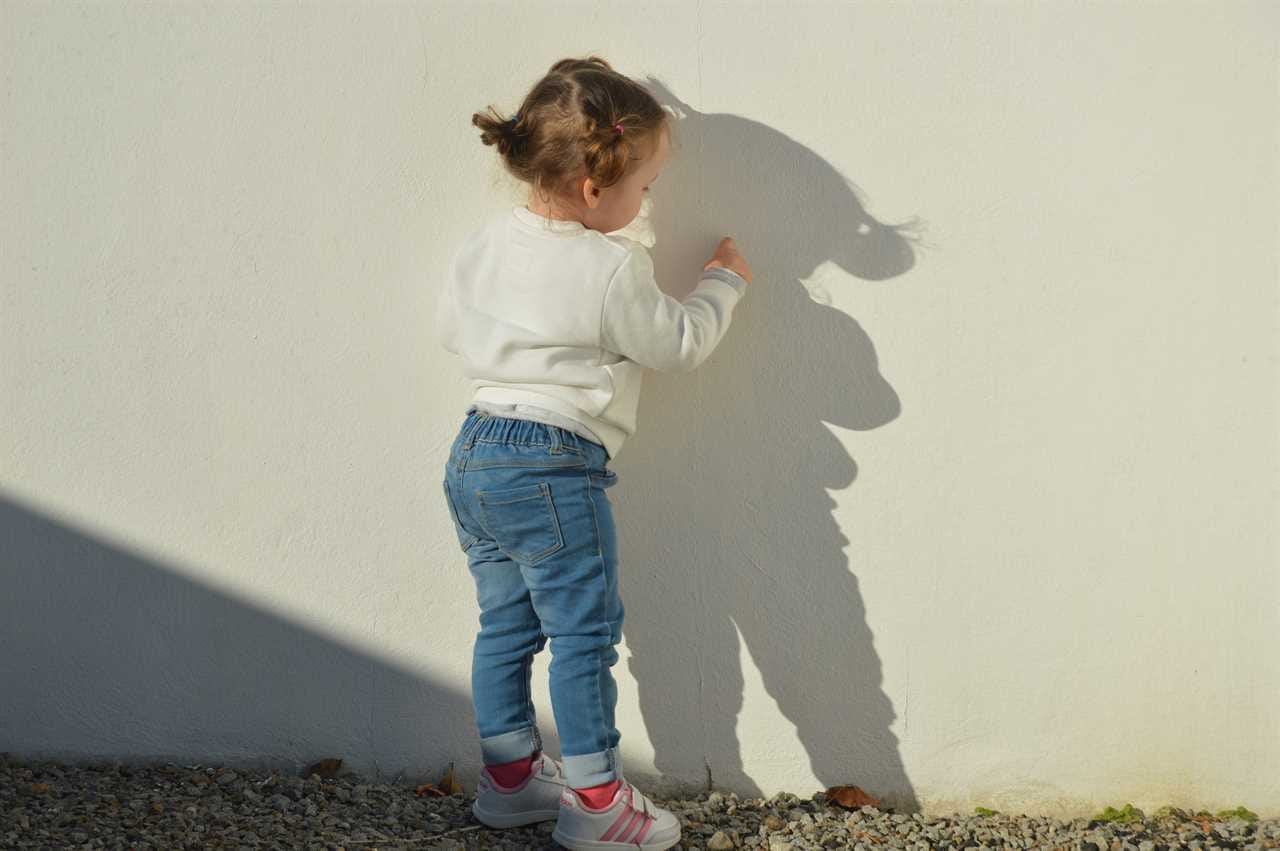
The aim of this research is to ensure that these toys not only promote correct sorting habits but also provide meaningful learning experiences. The goal is to foster a lifelong commitment to environmental responsibility.
Evaluation of Existing Preschool Garbage Classification Educational Toys
Parents and educators evaluate the existing preschool garbage classification educational toys based on their effectiveness in engaging children and promoting meaningful learning experiences. They look for toys that have engaging features, such as interactive buttons or colorful visuals, to capture children’s attention and keep them interested in the topic of garbage sorting.
They also consider the level of parental involvement that the toy encourages, such as providing opportunities for parents to play alongside their children or discuss the importance of garbage classification. Furthermore, parents and educators value toys that go beyond simply teaching children how to sort garbage, but also promote critical thinking skills and practical application of the knowledge learned.
Design Strategies for Preschool Garbage-Sorting Toys
Educators and toy manufacturers consider the inclusion of garbage classification knowledge, disposal methods, and the effects of treatment as important elements in creating effective preschool garbage-sorting toys.

These toys aim to promote interactive engagement and attract children with their formats. To achieve this, designers focus on incorporating interactive elements that allow children to actively participate in the learning process. They also prioritize the use of attractive formats, such as colorful visuals and engaging illustrations, to capture children’s attention and make the learning experience enjoyable.
Implementation and Results of Interactive Toy Design Strategies for Promoting Garbage Sorting
The implementation of interactive toy design strategies for promoting garbage sorting has yielded positive results. Significant improvements in children’s accuracy and knowledge of garbage classification have been observed after intervention training.
The use of interactive toys has proven to be an effective method in engaging children and promoting understanding of garbage sorting concepts.
However, there are several implementation challenges that need to be addressed for the widespread adoption of these strategies. These challenges include the availability and affordability of interactive toys, the need for proper training for educators and parents to effectively utilize these toys, and the integration of these strategies into existing educational curricula.
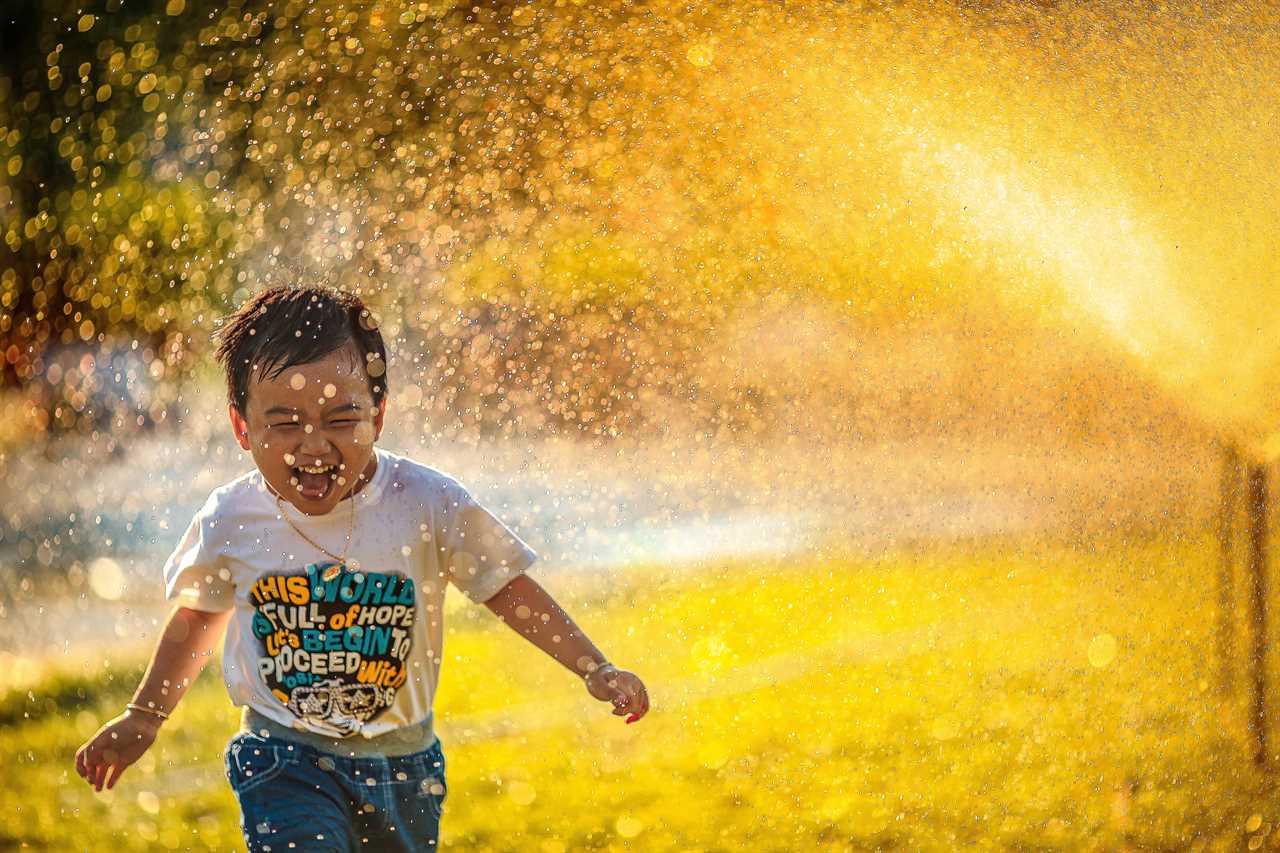
Despite these challenges, the future implications of interactive toy design for promoting garbage sorting are promising. With continued research and development, these strategies have the potential to contribute to a more environmentally conscious society, where garbage sorting becomes a habitual and natural behavior.





